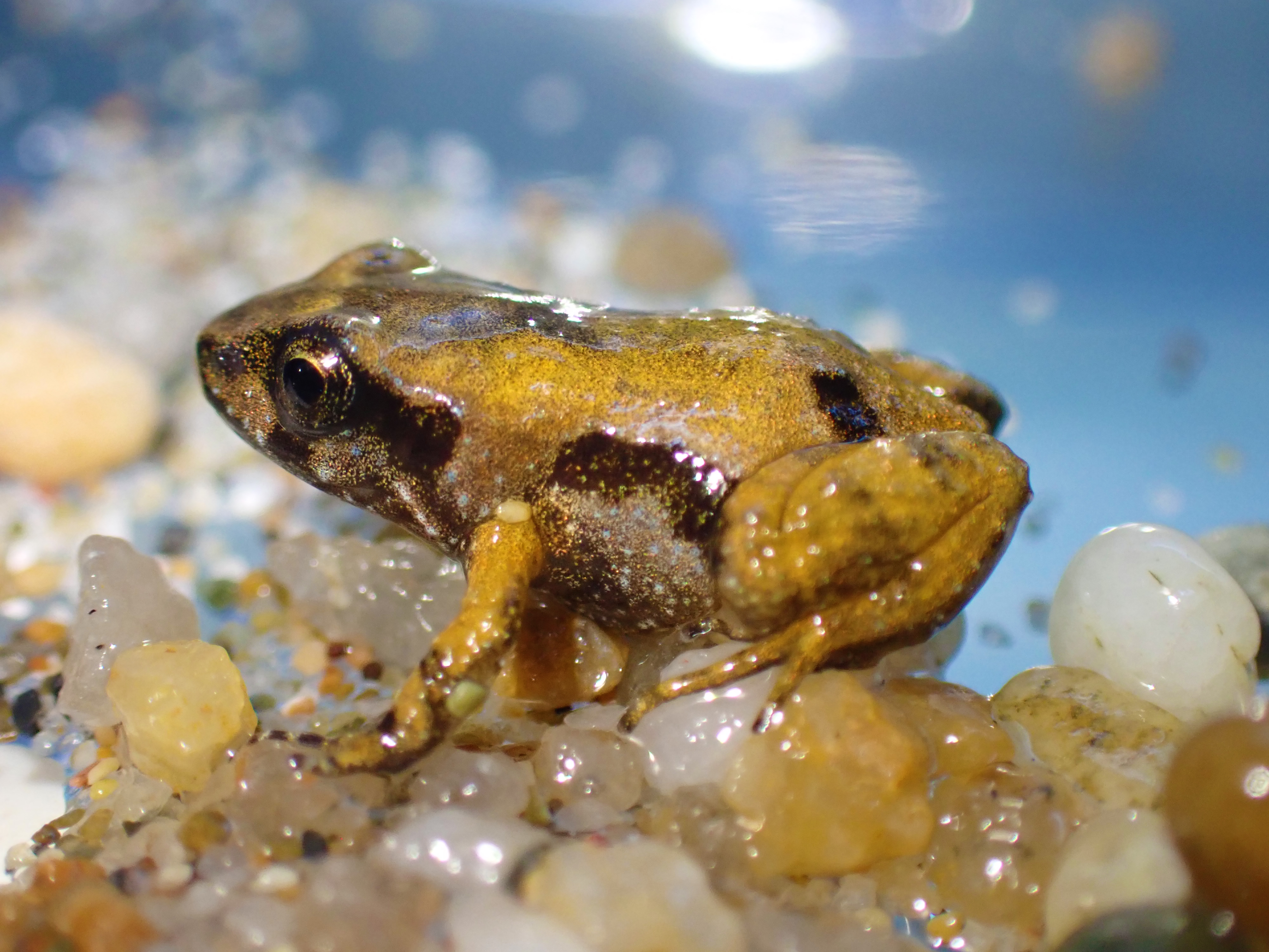
KROOMBIT TINKERFROG RECOVERY PROGRAM TIMELINE:
2008
Establishment of the Frog Conservation and Research Facility (FCRF) at Currumbin Wildlife Sanctuary
2009
Liem's Tinkerfrogs collected from the wild and transferred to the FCRF at CWS
2010
Successful treatment protocol for Chytridiomycosis established for Liem's Tinkerfrogs
2011
First successful breeding of Liem's Tinkerfrog in captivity
2014
First successful breeding of captive bred and reared Liem's Tinkerfrog
2018
Kroombit Tinkerfrogs collected from the wild and transferred to the FCRF at CWS
2019
First successful breeding of Kroombit Tinkerfrog in captivity and the first time that eggs have been observed for this species
2019
Kroombit Tinkerfrog eggs hatched and the first time that tadpoles have been observed for this species
2020
First captive Kroombit Tinkerfrog tadpole fully metamorphed into a froglet
2021
Welcome to our Tinkerfrog Co-ordinator, Michael Vella; by the end of 2021 we have 84 captive bred Kroombit Tinkerfrogs
2022
Construction of the new Amphibian Conservatino Facility has begun! We are seeking funding to support our work with the Kroombit Tinkerfrog recovery program
